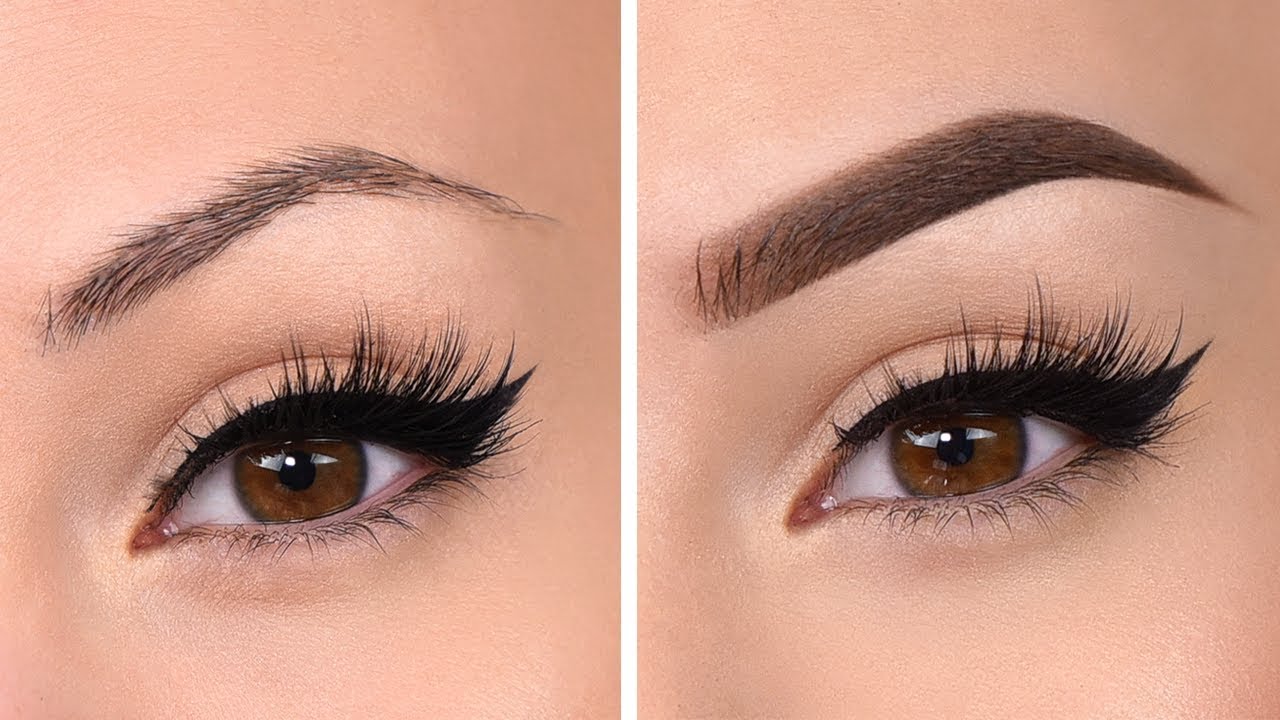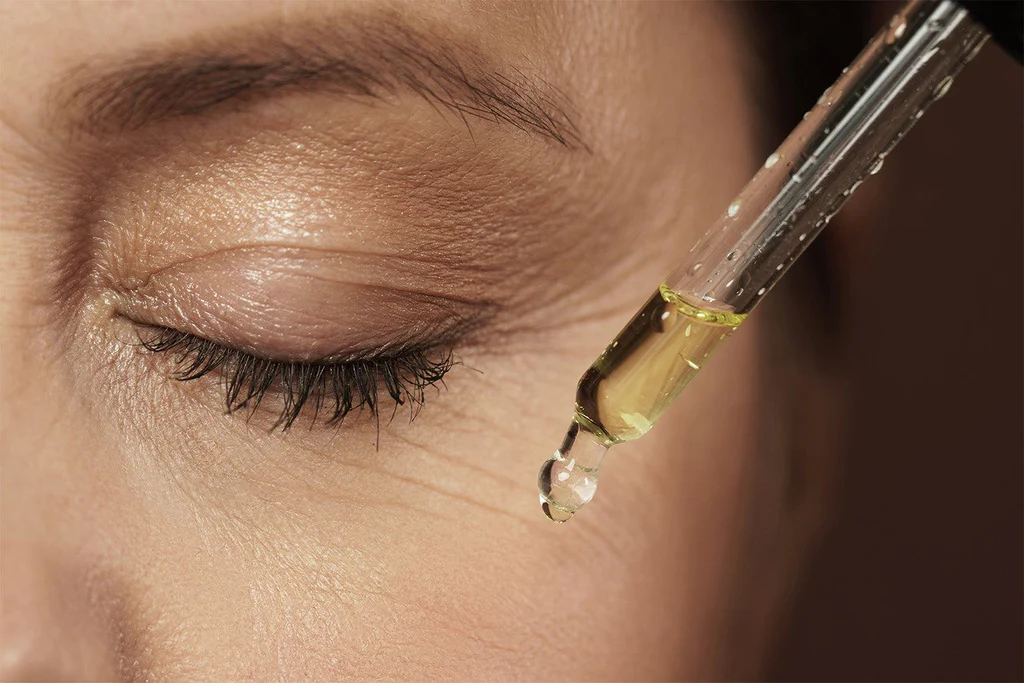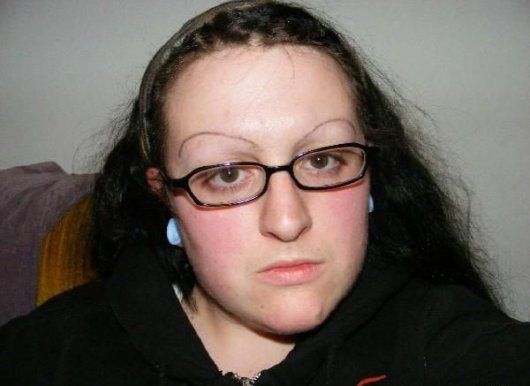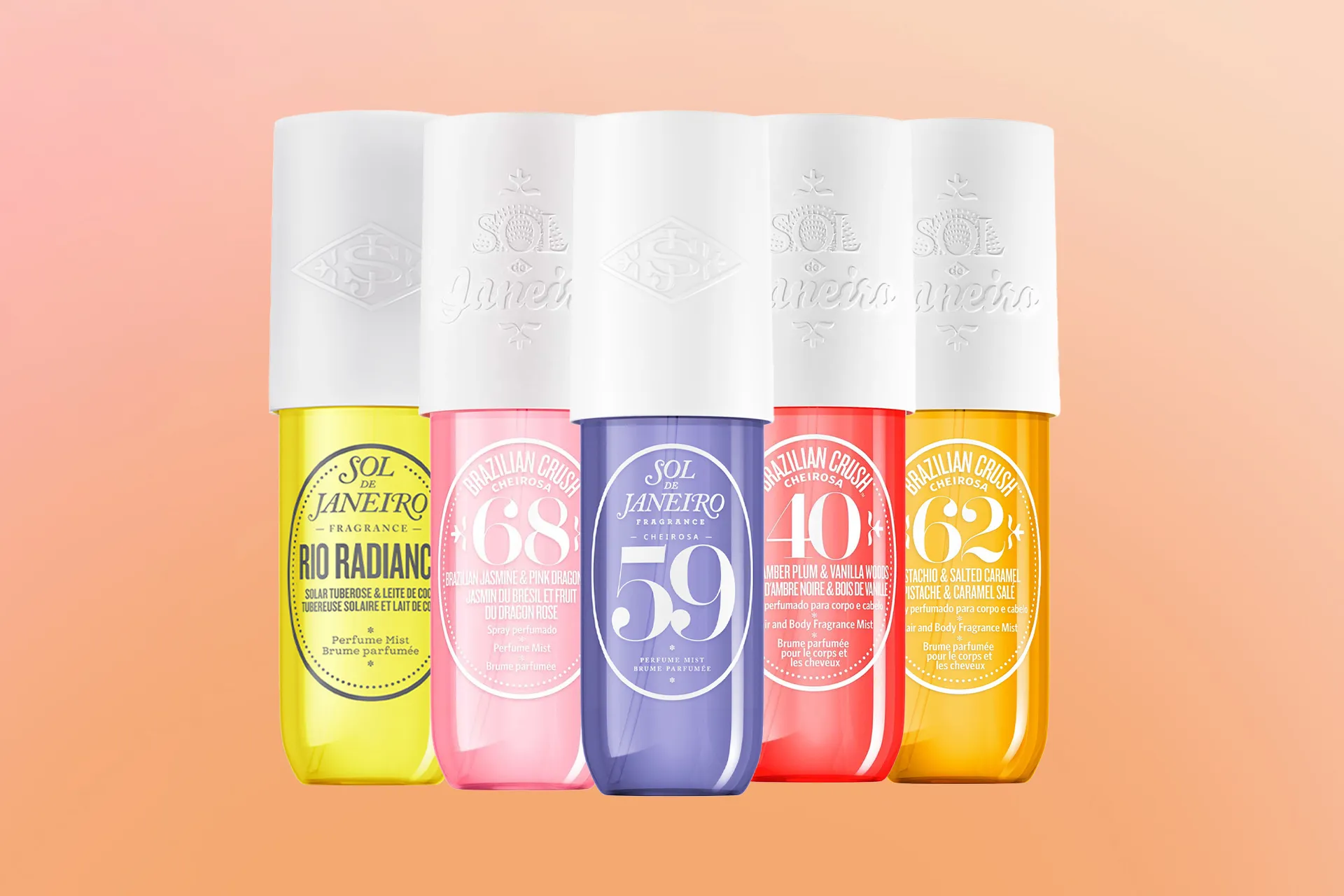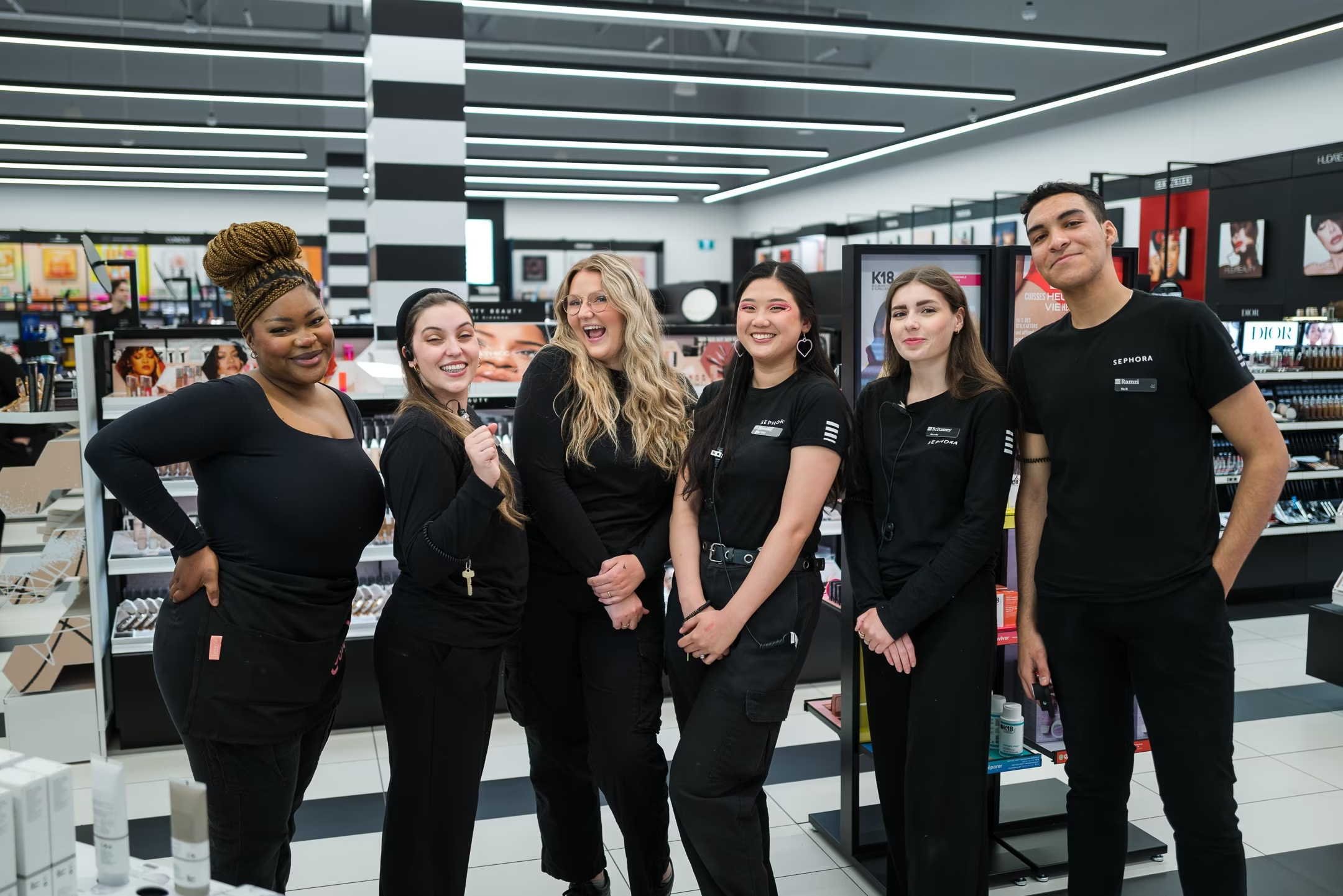
 By
Your Beauty Plug
By
Your Beauty Plug
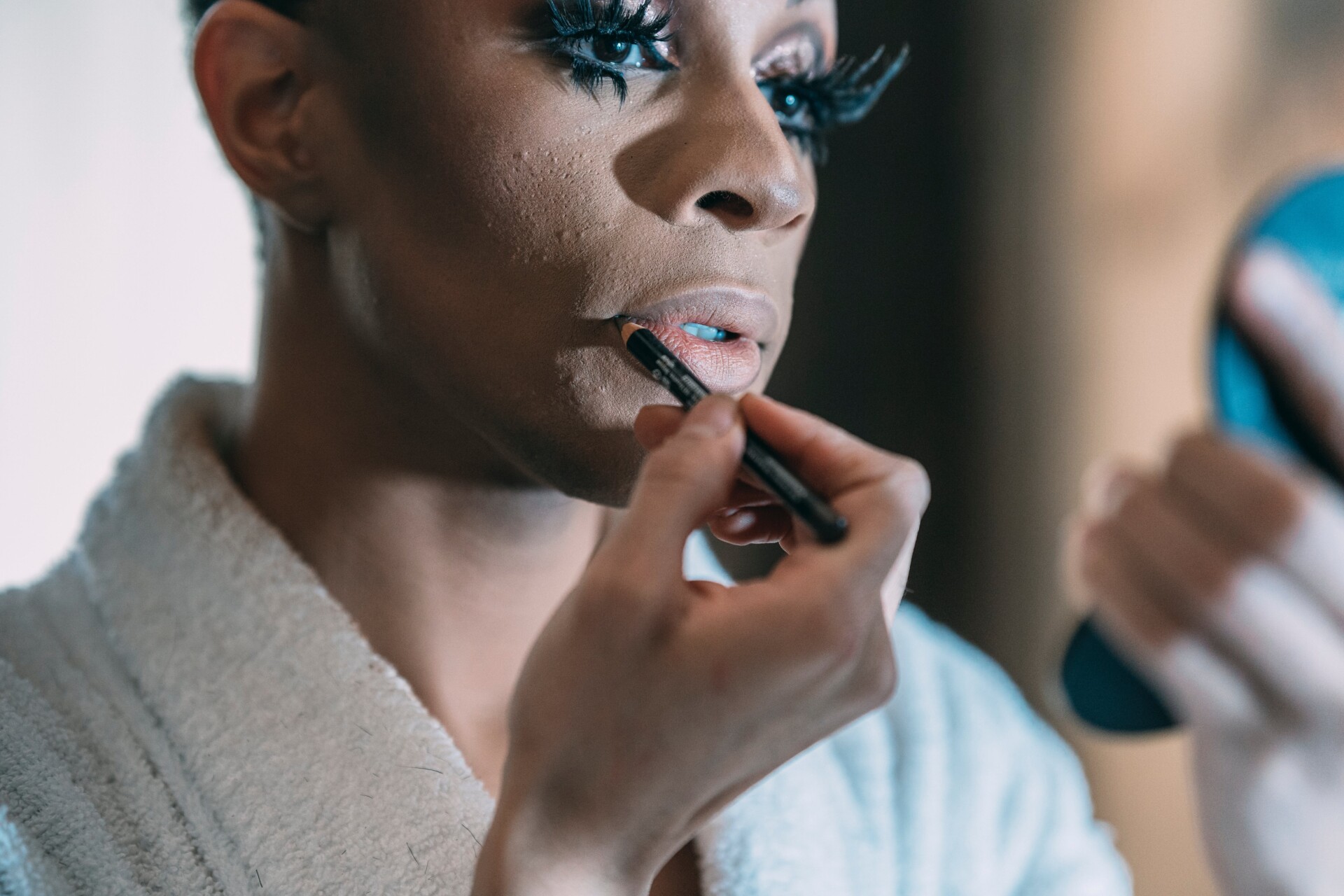
Fake eyelashes are a popular cosmetic accessory that can enhance the appearance of the eyes and create a dramatic look. But have you ever wondered how they came to be, what they are made of, and why people wear them? In this blog post, we will share facts about fake eyelashes, answer some of the most frequently asked questions about fake eyelashes and reveal some interesting stories behind them.
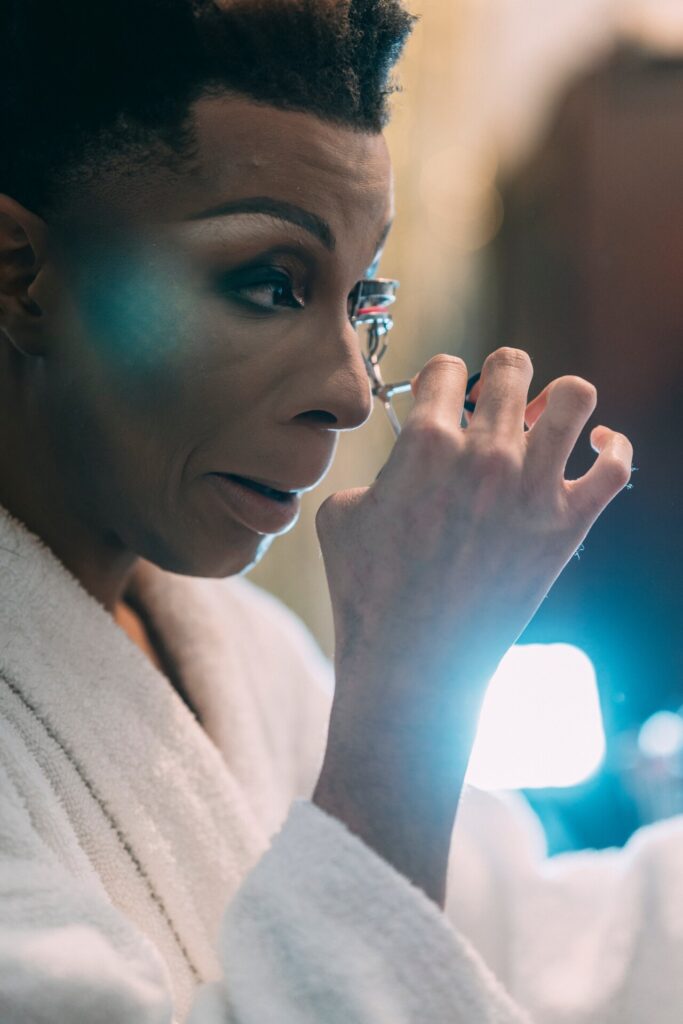
Fake eyelashes were not originally invented for beauty purposes, but rather for practical and medical reasons. According to USA Today, the first patent for artificial eyelashes was granted to a Canadian woman named Anna Taylor in 1911. Her design consisted of a strip of fabric implanted with small hairs, similar to the ones we use today. She claimed that her invention was useful for people who had lost their natural eyelashes due to illness or injury, or who wanted to protect their eyes from dust, smoke, or glare.
However, fake eyelashes soon became a fashion trend, thanks to the influence of Hollywood and the beauty industry. In 1916, director D.W. Griffith wanted actress Seena Owen to have long and lush lashes for his film Intolerance, so he hired a wig maker to weave human hair onto her eyelids with spirit gum. The result was a striking and glamorous look that caught the attention of the public and inspired many women to try fake eyelashes for themselves.
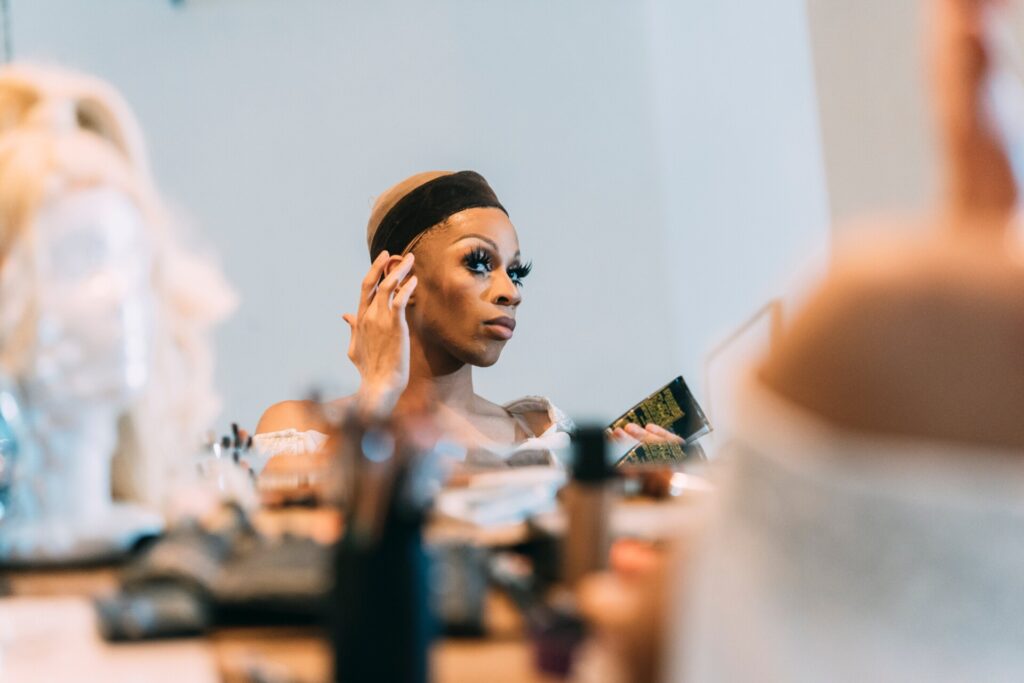
Eyelash extensions are a type of semi-permanent fake eyelashes that are attached to the natural lashes with a special glue. They are different from strip lashes or individual lashes, which are applied to the eyelid and can be easily removed. Eyelash extensions are designed to last for several weeks, depending on the growth cycle of the natural lashes and the quality of the application.
Eyelash extensions were invented in the late 20th century, as a way to provide a more natural and long-lasting alternative to traditional fake eyelashes. According to Byrdie, the first eyelash extensions were developed in Japan in the 1980s, by a salon owner named Shu Uemura. He used synthetic fibers to create custom-made lashes for his clients, who wanted to have fuller and longer lashes without the hassle of applying and removing them every day. His technique soon spread to other countries, especially Korea, where eyelash extensions became very popular among celebrities and models.
Strip lashes are the most common and widely available type of fake eyelashes. They are made of a band of material, usually cotton or plastic, that has multiple hairs attached to it. They are applied to the eyelid with a temporary lash glue and can be reused several times.
Strip lashes have a long and varied history, dating back to the early 20th century. According to The List, one of the first inventors of strip lashes was Karl Nessler, a German-born hair specialist who patented his method of making artificial eyebrows and eyelashes in the UK in 1902. He used the profits from his sales to fund his next invention, the permanent wave machine. Another pioneer of strip lashes was Max Factor, a Polish-born beauty guru and businessman, who founded the famous cosmetics company of the same name. He created strip lashes for Hollywood stars, such as Bette Davis and Joan Crawford, and popularized them among the masses.
Strip lashes have evolved over the years, in terms of materials, styles, and application methods. In the 1960s, strip lashes became a symbol of mod fashion, thanks to the iconic look of Twiggy, who wore them on both the top and bottom eyelids. In the 1970s, strip lashes were influenced by disco and glam rock, featuring bright colors and glitter. In the 1980s, strip lashes were more subtle and natural, reflecting the minimalist and elegant trends of the decade. In the 1990s, strip lashes were less popular, as the grunge and hip-hop styles favored a more bare-faced look. In the 2000s, strip lashes made a comeback, with celebrities like Jennifer Lopez and Kim Kardashian sporting them on the red carpet. Today, strip lashes are available in a wide range of shapes, sizes, and materials, catering to different preferences and occasions.
Fake eyelashes can be made of various materials, depending on the type, quality, and price of the product. Some of the most common materials are:
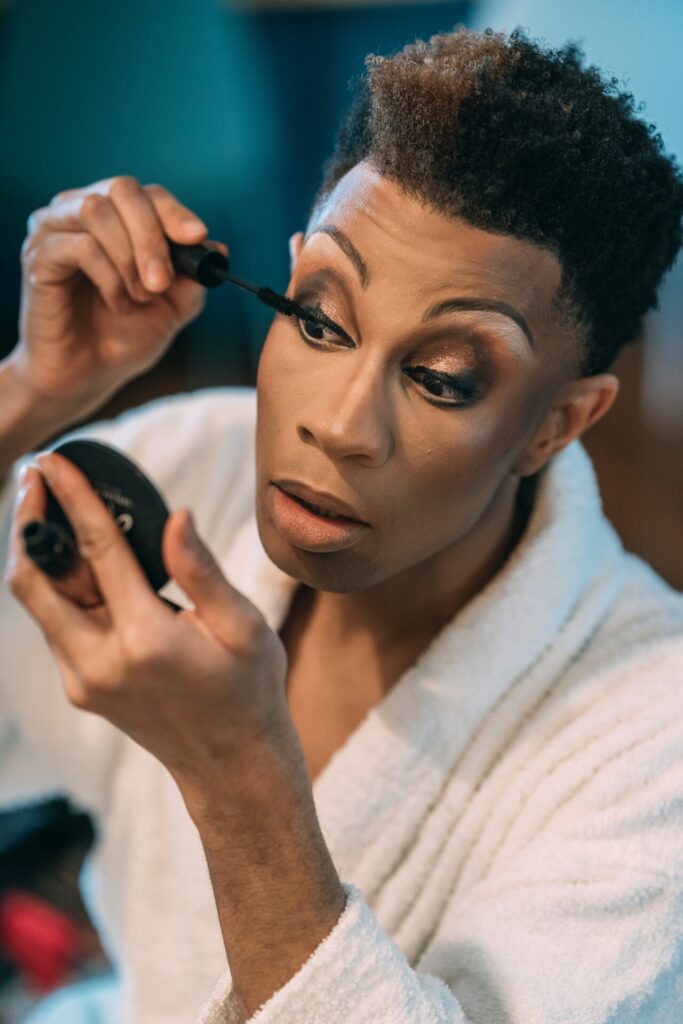
As we have seen, false eyelashes have a long and complex history, spanning over a century and involving multiple inventors and innovations. However, if we had to pinpoint a specific period when false eyelashes were invented, we could say that it was the early 20th century, between 1900 and 1920. This is when the first patents for artificial eyelashes were granted, and when the first commercial products were launched and popularized. This is also when false eyelashes became a part of the beauty and fashion culture, influenced by the rise of cinema, magazines, and celebrities.
Long eyelashes have been considered a sign of beauty and attractiveness throughout history and across cultures. However, in ancient Roman times, long eyelashes also had another meaning: they were a symbol of chastity and purity. According to The Guardian, this was because long eyelashes were believed to indicate that a person did not engage in sexual activity, as frequent sex was thought to cause the eyelashes to fall out. Therefore, women who had long and thick eyelashes were seen as more virtuous and desirable than those who had short and sparse eyelashes. This also explains why some Roman women used various methods to enhance their eyelashes, such as applying kohl, burnt cork, or antimony to darken them, or using honey, resin, or egg white to thicken them.
Fake eyelashes are a fascinating and fun cosmetic accessory that can transform your look and boost your confidence. However, they also have a rich and interesting history and facts behind them, that can make you appreciate them even more. We hope that this blog post has answered some of your questions and curiosity about fake eyelashes and that you have learned something new and useful. And no, the cumbrella story is just a story.
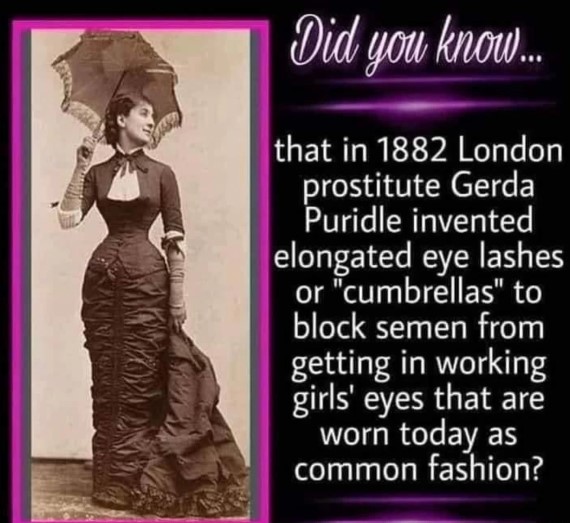
If you have any comments or feedback, please feel free to share them with us. Thank you for reading. If you would like to shop some of our favorite eyelash extensions, take a peek HERE and happy lashing!

